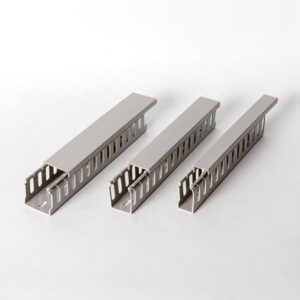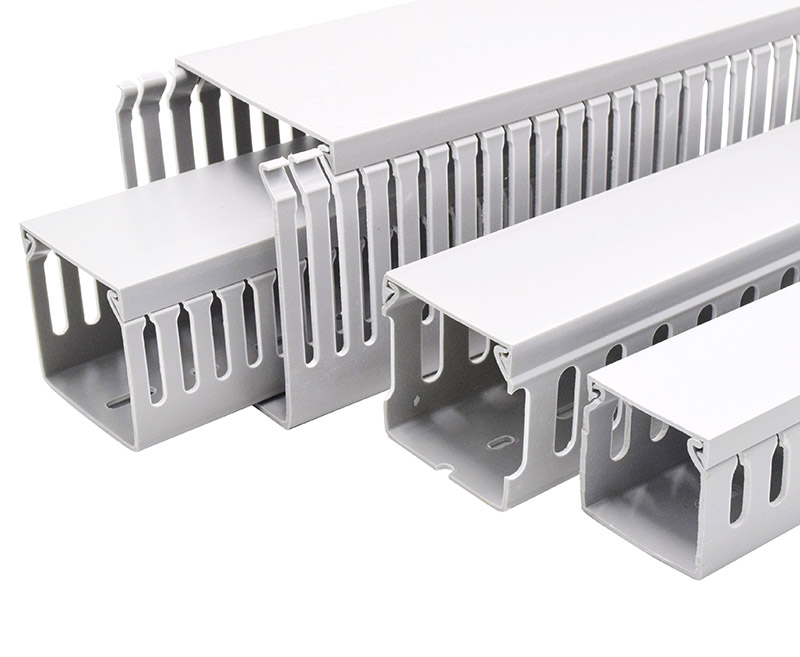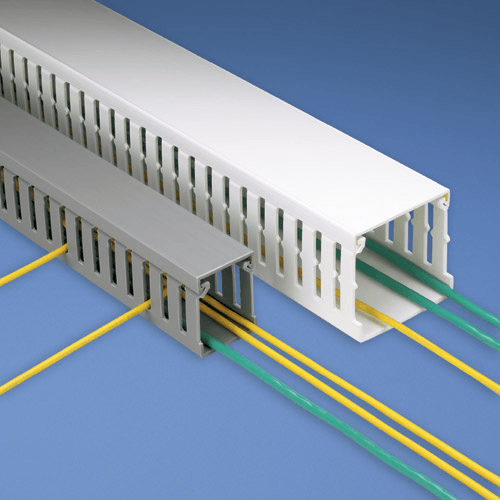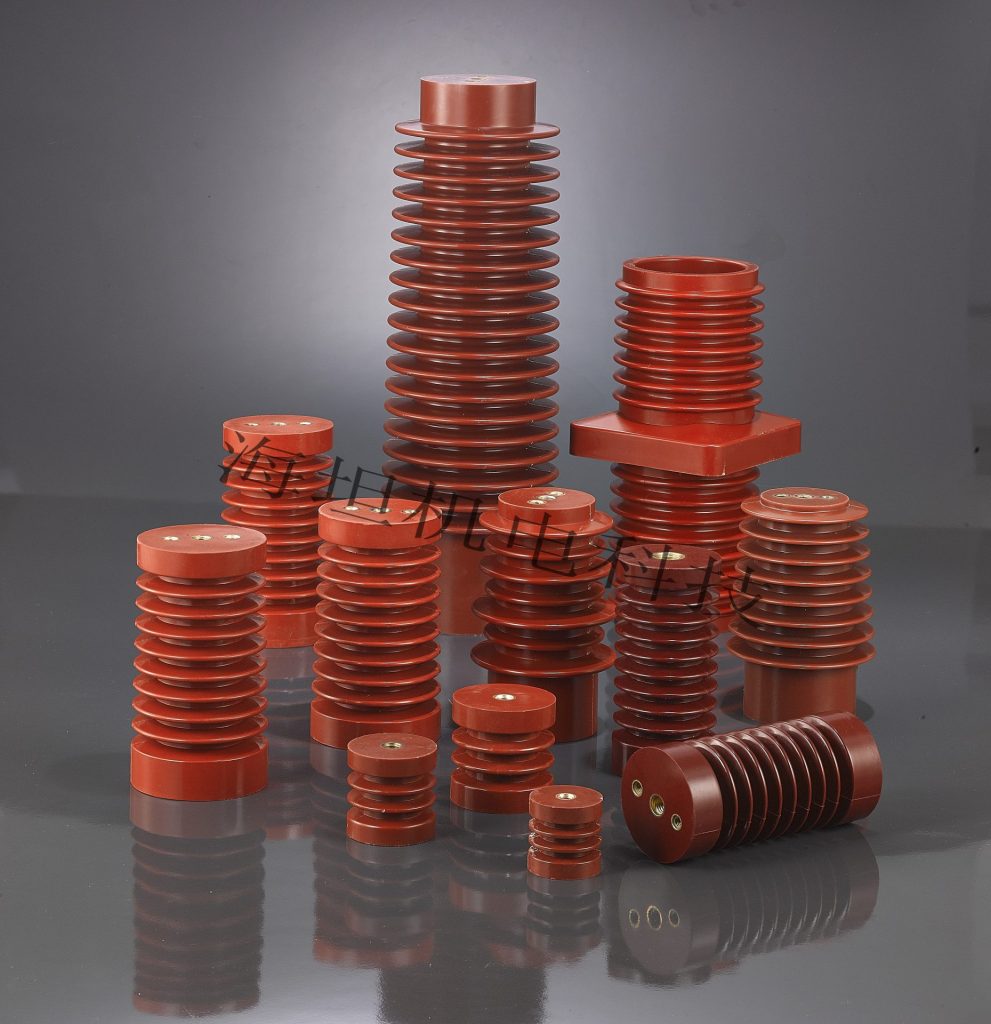Telephone Wire Duct Manufacturing Industry: An In-Depth Exploration
Introduction: Weaving the Fabric of Modern Communication
Definition of Telephone Wire Ducts
Telephone wire ducts are conduits used to house and protect the myriad of wires and cables essential for telecommunications. These ducts come in various forms, including rigid conduits, flexible tubing, and complex cable trays, each designed to meet specific environmental and infrastructural needs.
Their primary purpose is to ensure that communication lines remain intact and operational, preventing physical damage and minimizing signal interference. The importance of telephone wire ducts in telecommunications infrastructure cannot be overstated.
In a world where connectivity is crucial, these ducts serve as the backbone, safeguarding the integrity of networks that power everything from internet services to emergency response systems. Without these protective channels, the reliability and efficiency of our communication networks would be severely compromised.

Overview of the Manufacturing Industry
The telephone wire duct manufacturing industry has evolved significantly since its inception. Initially, ducts were simple metal tubes, but advancements in materials science and engineering have introduced a variety of innovative designs and materials. This evolution has been driven by the need for more durable, flexible, and cost-effective solutions to meet the growing demands of telecommunications infrastructure.
Key players in the industry include both long-established companies and dynamic newcomers. Major manufacturers such as Legrand, Panduit, and Schneider Electric dominate the market, leveraging their extensive experience and technological expertise.
The market dynamics are influenced by factors such as technological advancements, regulatory requirements, and the ever-increasing demand for more robust and reliable communication networks. These companies, often referred to as leading Cable Duct Manufacturers, play a pivotal role in setting industry standards and driving innovation.
Relevance of the Topic
The relevance of telephone wire duct manufacturing is underscored by the growing demand for telecommunications. As the world becomes more interconnected, the need for efficient and reliable communication infrastructure continues to rise. This is particularly evident with the rollout of 5G technology, which requires extensive upgrades to existing networks and the installation of new infrastructure, including advanced wire duct systems.
Technological advancements also contribute to the relevance of this topic. Innovations such as smart ducts with embedded sensors for real-time monitoring and hybrid materials that offer enhanced durability and flexibility are transforming the industry.
These advancements not only improve the performance of telecommunications networks but also drive down costs and improve sustainability. In this context, the role of PVC Wire Duct Manufacturers becomes increasingly significant as they develop new products that meet these evolving needs.
The Basics of Telephone Wire Ducts: Foundations of Connectivity
Types of Telephone Wire Ducts
Telephone wire ducts come in various types, each serving a distinct purpose within telecommunications infrastructure. Conduits are perhaps the most well-known type, providing rigid protection for wires and cables.
These are commonly used in environments where physical damage is a concern, such as underground or in high-traffic areas. Conduits are often made from materials like steel or PVC, offering robust protection and long-term durability.
Trunking systems are another prevalent form of wire ducts, designed to route and organize multiple cables within buildings and other structures. They are typically made from lightweight materials such as plastic or aluminum, allowing for easy installation and maintenance.
Trunking systems are crucial in commercial and residential settings, where they facilitate orderly and efficient wiring. Cable trays and flexible ducts offer additional options for managing telecommunications cables.
Cable trays are used in environments where large volumes of cables need to be supported and organized, such as data centers and industrial facilities. Flexible ducts, on the other hand, provide the versatility to route cables through tight spaces and around obstacles, making them ideal for complex installations.
Materials Used in Manufacturing
The materials used in manufacturing telephone wire ducts are critical to their performance and durability. PVC (Polyvinyl Chloride) is one of the most commonly used materials, prized for its excellent insulation properties, durability, and cost-effectiveness.
PVC wire duct manufacturers have perfected the art of creating ducts that are both robust and flexible, making them suitable for a wide range of applications. HDPE (High-Density Polyethylene) is another popular material, known for its high strength-to-density ratio and resistance to chemicals and environmental stress.
This makes HDPE ducts ideal for outdoor and industrial applications where durability and reliability are paramount. HDPE’s flexibility also allows for easy installation in challenging environments.
Steel and other metals are often used for ducts that require maximum protection against physical damage. These materials offer superior strength and rigidity, making them suitable for underground installations and other demanding environments.
Hybrid materials and composites are also gaining traction, combining the benefits of multiple materials to create ducts that offer enhanced performance characteristics. These innovations are driving the industry forward, providing new solutions to meet the ever-evolving demands of telecommunications infrastructure.

The Manufacturing Process: Crafting the Backbone of Communication
Design and Engineering
The design and engineering of telephone wire ducts are foundational to their effectiveness and reliability. Product design considerations include factors such as load-bearing capacity, environmental resistance, and ease of installation. Engineers must balance these factors to create ducts that meet specific application requirements while also adhering to industry standards and regulations.
Customization and standardization play crucial roles in the design process. Customization allows Telephone Wire Duct Manufacturer to tailor ducts to the unique needs of their clients, providing solutions that address specific challenges.
Standardization, on the other hand, ensures compatibility and interoperability across different systems and installations. This balance between customization and standardization is essential for creating versatile and reliable wire duct systems.
Raw Material Sourcing
Raw material sourcing is a critical aspect of the manufacturing process, impacting both the quality and cost of the final product. Procurement strategies involve identifying reliable suppliers, negotiating favorable terms, and ensuring a consistent supply of high-quality materials.
These strategies are vital for maintaining production schedules and meeting customer demands. Quality control measures are implemented at every stage of the procurement process to ensure that only the best materials are used.
This includes rigorous testing and inspection of raw materials to verify their properties and suitability for use in manufacturing. Ensuring the quality of raw materials is essential for producing ducts that meet stringent performance standards and provide long-lasting reliability.
Production Techniques
The production techniques used in manufacturing telephone wire ducts vary depending on the material and design of the duct. For plastic ducts, extrusion processes are commonly used. This involves forcing molten plastic through a die to create a continuous profile, which is then cooled and cut to the desired length.
This method is highly efficient and allows for the production of complex shapes and sizes. Metal forming techniques are used for manufacturing steel ducts, involving processes such as rolling, bending, and welding.
These techniques require precision and expertise to ensure that the ducts meet exact specifications and provide the necessary strength and durability. Innovations in production technology, such as automated manufacturing systems and advanced quality control measures, are continually improving the efficiency and accuracy of these processes.
Key Players in the Industry: Leaders in Connectivity Solutions
Leading Manufacturers
The landscape of telephone wire duct manufacturing is dominated by several leading companies that have established themselves as industry benchmarks. Companies such as Legrand, Panduit, and Schneider Electric are at the forefront, known for their comprehensive product lines, innovative solutions, and commitment to quality.
These manufacturers leverage their extensive experience and technological expertise to develop advanced duct systems that meet the diverse needs of the telecommunications industry. These companies hold significant market share and set the pace for innovation and development in the industry.
They continually invest in research and development to create new products and improve existing ones, ensuring they remain competitive in a rapidly evolving market. Their contributions are critical to the advancement of telecommunications infrastructure, providing the essential components needed to build robust and reliable networks.
Regional Analysis
The manufacturing hubs for telephone wire ducts are spread across the globe, with significant production centers in Asia, North America, and Europe. Each region has its strengths and challenges, influencing the dynamics of the global market.
Asia, particularly China and India, is known for its large-scale production capabilities and cost-effective manufacturing processes. These regions are major exporters of wire ducts, supplying both domestic and international markets.
North America and Europe, on the other hand, are recognized for their focus on innovation and quality. Manufacturers in these regions often lead the way in developing new technologies and materials, setting industry standards and driving advancements.
However, they face challenges such as higher production costs and stringent regulatory requirements. Despite these challenges, the focus on quality and innovation ensures that manufacturers in these regions remain competitive.
Emerging Players and Startups
In addition to established manufacturers, the industry is seeing a rise in emerging players and startups that bring fresh perspectives and innovative solutions. These new entrants are often agile and able to respond quickly to market demands, introducing cutting-edge products and technologies.
Their contributions are essential for driving competition and fostering innovation within the industry. Emerging players often focus on niche markets or specific applications, developing specialized products that meet unique needs.
They also play a crucial role in advancing sustainability practices, introducing eco-friendly materials and processes that reduce the environmental impact of manufacturing. The presence of these dynamic companies adds vibrancy to the industry, pushing the boundaries of what is possible and creating new opportunities for growth.

Conclusion: Forging the Future of Telecommunications
The telephone wire duct manufacturing industry is a cornerstone of modern telecommunications, providing the essential infrastructure needed for reliable and efficient communication networks. As demand for connectivity continues to grow and technological advancements reshape the landscape, manufacturers must innovate and adapt to meet these evolving needs.
With a focus on quality, sustainability, and innovation, the industry is poised to support the next generation of telecommunications infrastructure. The future of telephone wire duct manufacturing holds great promise, with opportunities for growth and advancement that will continue to drive progress in the field.
--- END ---
© Copyright 2024 China Haitan Electromechanical Technology Co., Ltd. All rights reserved.SUPPORT BY:JUNJ Privacy Policy

 E-mail:
E-mail:  No. 20 Lingyun Road, Dongfeng
No. 20 Lingyun Road, Dongfeng 
